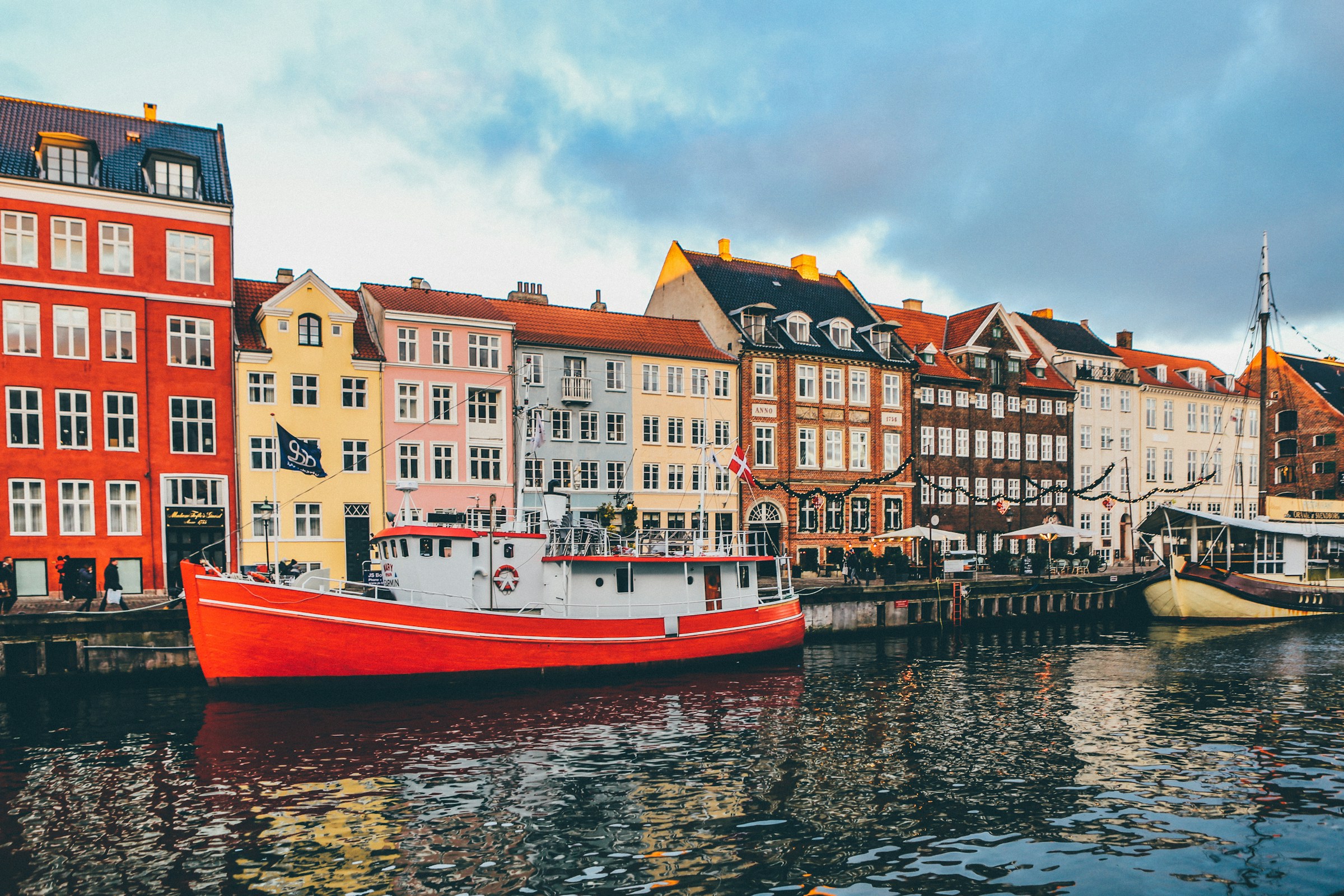Trademark registration in Denmark is a pivotal component of building a robust business presence in the Danish market. A trademark serves as the face of your brand, providing a distinctive identity that consumers can easily recognize and associate with your products or services. Beyond its visual appeal, registering a trademark in Denmark is crucial for legal protection, ensuring that your brand is shielded from potential infringements and unauthorized use. This article delves into the intricacies of trademark registration in Denmark, offering a comprehensive guide for businesses considering this crucial step.
Contents
1. What Can Be Registered as a Trademark in Denmark?
2. Reasons for Refusal of a Trademark Application in Denmark
3. The Process of Trademark Registration in Denmark
4. Documents Required for Trademark Registration in Denmark
5. Trademark Opposition Process in Denmark
7. Why File a Trademark in Denmark?
1. What Can Be Registered as a Trademark in Denmark?
In Denmark, the scope of trademarks extends beyond traditional logos and brand names. Elements such as colors, shapes, sounds, and even specific slogans can be registered, provided they serve as unique identifiers for your goods or services. However, it is imperative to ensure that the chosen mark possesses the necessary distinctiveness, avoiding generic or descriptive elements that may hinder the registration process.
2. Reasons for Refusal of a Trademark Application in Denmark
The Danish Patent and Trademark Office (DKPTO) employs stringent criteria to assess trademark applications. Common reasons for refusal include a lack of distinctiveness, a mark being too descriptive or generic, similarity to existing trademarks, and potential violation of public order or morality. To preemptively address these issues, businesses are advised to conduct a comprehensive trademark search before submitting an application.
3. The Process of Trademark Registration in Denmark
Trademark registration in Denmark involves a series of carefully orchestrated steps:
1. Trademark Search: Prior to submitting an application, conduct a thorough search to identify potential conflicts with existing trademarks. Conduct a free search through our AI Assistant now!
2. Application Filing: Submit a well-prepared application to the DKPTO, including details about the applicant, a clear representation of the mark, and a comprehensive list of goods or services covered.
3. Examination: The DKPTO examines the application for compliance with legal requirements. If issues arise, applicants may be given an opportunity to address them.
4. Publication: If the application passes examination, it is published in the Danish Trademark Gazette, allowing third parties to oppose the registration within a specified period.
5. Registration: If no opposition is filed, and all requirements are met, the trademark is registered, and a certificate is issued.
4. Documents Required for Trademark Registration in Denmark
To ensure a smooth application process, businesses must provide the following documents:
- Details of the Applicant: Include the applicant’s name, address, and nationality.
- Representation of the Mark: A clear and accurate representation of the mark is essential for successful registration.
- List of Goods or Services: Clearly specify the goods or services the trademark will cover, ensuring comprehensive coverage.
5. Trademark Opposition Process in Denmark
The opposition process in Denmark allows third parties to voice concerns about a trademark’s registration. During the specified period after publication, interested parties can file oppositions if they believe the registration infringes upon their existing rights. This process ensures a fair and transparent resolution of potential conflicts, contributing to the overall integrity of the trademark registration system. Also read about trademark opposition in Norway.
6. Trademark Costs in Denmark
Trademark registration in Denmark incurs various costs, including filing fees, examination fees, and publication fees.
| Professional fee for filing a trademark in 1st class | 3,900 DKK |
| Government fee for filing a trademark in 1st class | 2,000 DKK |
| Government fee for filing a trademark in 2nd class | 200 DKK |
| Government fee for filing a trademark in 3rd class | 600 DKK |
| Government fee for additional class | 600 DKK |
The trademark registration cost in Denmark via the iPNOTE platform starts from as low as $866, which includes all government fees and document preparation. Find the best IP attorney in Denmark on iPNOTE.
7. Why File a Trademark in Denmark?
Filing a trademark in Denmark offers multifaceted advantages for businesses:
- Legal Protection: Registered trademarks grant exclusive rights, safeguarding the brand from potential infringement.
- Brand Recognition: A registered trademark enhances brand visibility, fostering recognition and trust among consumers.
- Market Expansion: A registered trademark facilitates market entry and expansion by establishing a unique identity in the Danish market.
- Prevention of Infringement: Trademark registration acts as a deterrent, reducing the likelihood of others using a similar mark and infringing on your brand.
8. Conclusion
The trademark registration process in Denmark is a strategic and necessary endeavor for businesses looking to establish and protect their brand identity in this vibrant market. From conducting thorough searches and filing comprehensive applications to navigating potential oppositions and understanding associated costs, a well-informed approach is key to a successful trademark registration journey.
***
The iPNOTE platform features more than 700 IP law firms that cover more than 150 countries, so you can always find the right direct service provider using our flexible filtering system.
Start protecting your IP in Denmark with our AI Assistant now.
Check your brand originality with our AI trademark search tool for free!
Sign up for free, and we’ll help you solve any IP-related problem.
Navigate innovation effortlessly with our South Korea patent search. Secure your ideas with seamless patent registration in the Philippines.







